Let’s try a new dance, La Pango!
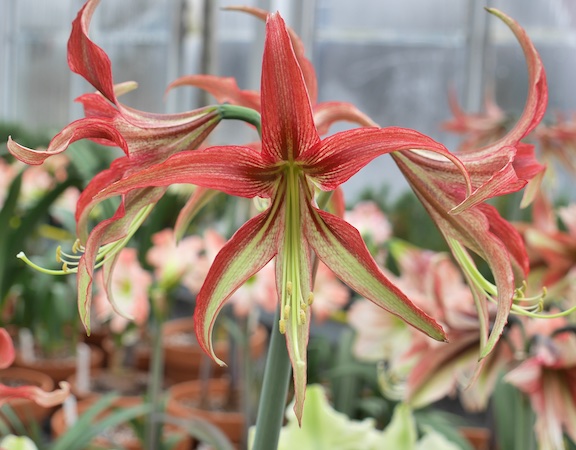
Emaryllis.com exists in large part due to the fact that amaryllis bulbs have been marketed and sold using names that often incorrectly represent the original and specific genetic variant that a breeder has sent forth into the bulb trade. Once a purchaser has successfully coaxed bloom from one of these amazing bulbs, a certain pride in its cultivation ensues. These days, that often means the sharing of photos online much in the way one posts snapshots of a cherished grandchild, beloved pet, or amazing vacation spot. No one would ever question the name of the place or loved one you tag a photo with, especially on any general social media site. In attaching a name to your amaryllis photo for a site specific to gardening however, you may be subjecting yourself to some pretty tough scrutiny and blunt questioning. It can feel personal. For the novice grower, by golly, what you have blooming is exactly what the seller labeled it as. Can’t we just trust the market to sell us precisely what we are told we are buying? Not always, and among keen amaryllis aficionados, wise skepticism often leads to research and (hopefully) verification of a suspect bulb that doesn’t seem quite right.
In the case of Hippeastrum hybrids there are often rather obvious situations of mislabeling, and the results speak for themselves. You paid for a white and burgundy butterfly amaryllis (“Papilio Improved”), but ended up with a floriferous and strapping example of the solid orange ‘Merengue’. Depending on your take, you happily accept that an unexpected surprise came your way, or (for the more cynical among us) that you were swindled. Often I have felt both ways at the same time! Sometimes it is clear that a deliberate act of marketing deception has occurred, as when ‘Rapido’ becoming the de facto ‘Scarlet Baby’ in recent years. One great red mini for another, close enough for some folks. And of course the loss of red and white ‘Baby Star’ to the unregistered-but-just-similar-enough orange and white seedling we call ‘Lillystar’. Ah, but then there are times when even more subtle substitutions are put forth, or the very origins of a cultivar are clouded, and knowing right name from wrong name becomes a slippery slope. The most consistently frustrating example is the long-running debate between two “cybister” introductions that have been sold seemingly interchangeably, with no definitive way of discerning one from the other. We are talking about the ‘La Paz’ vs. ‘Tango’ debate; easily the most vexing in hybrid Hippeastrum history.
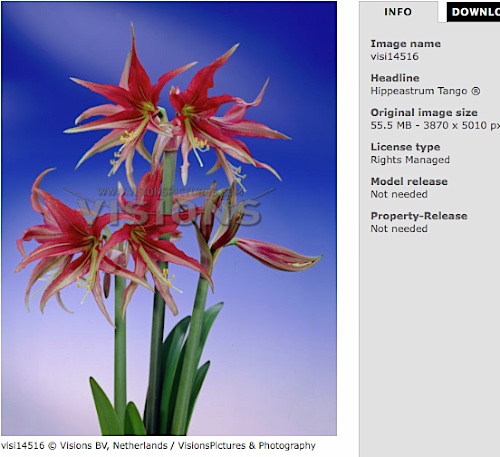
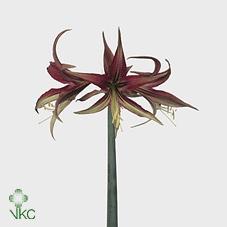
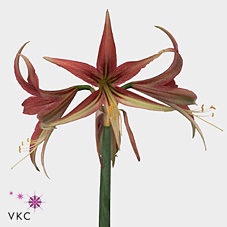
Back in the 1990’s the brilliant horticulturist, Fred Meyer of California was applying the best of breeding techniques to imbue modern amaryllis hybrids with new forms and color patterns from species collected during his South American travels. These crosses have yielded cultivars that today can lay claim to spurring a resurgent excitement for Hippeastrum hybrids both as potted plants and (importantly) for the lucrative cut flower market. In at least one case, Meyer was so smitten with a species involved in his crosses that he bestowed a cultivar name to it, sending out to the world the beguiling ‘Chico’ (H. cybister). Thanks, Fred! Just before his untimely death in 1999, he got a glimpse of the burgeoning popularity of his progeny as commercial growers were showing his hybrids at floral competitions in the Netherlands to great fanfare. Buyers were lining up. After his passing, his brother and sister continued to manage the licensing of his hybrids through New World Plants of California. The vast majority were claimed by Leo Berbee Beheer. Among them, such noteworthy beauties as ‘Ruby Meyer’, ‘Grandeur’, ‘Bogota’, ‘Rosario’, ‘Quito’, ‘Rio Negro’, ‘Lima’, and of course ‘La Paz’. A spate of these was registered in 2002. Some of these and many others are still in active production today, winning legions of new amaryllis fans and bringing in profits.
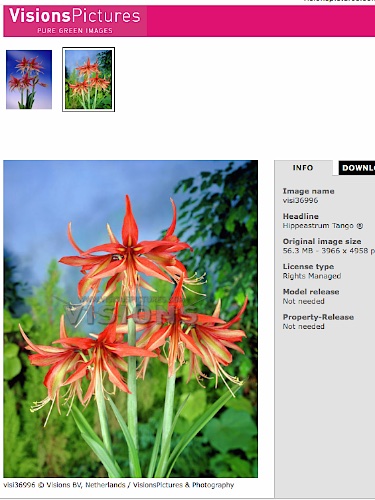

But it seems that before the contract with Berbee had been inked, a few Meyer hybrids went elsewhere. Registered in December 2001 to Fa. L.G. Vreugdenhil & Zn. went the lovely but barely marketed ‘Flamengo’, and the briefly but spectacularly available ‘Reggae’. Oh, and yes, there was ‘Tango’. But what exactly came of the original Meyer clone of ‘Tango’ seems a mystery. Stock photos show various iterations, and color reproduction and resolution in many cases is poor. It seems certain that ‘Tango’ is or was sibling to ‘La Paz’. The descriptions on the Dutch site, Plantscope, describe them identically save for the notation that ‘Tango’ is one shade lighter in the “moderate red” RHS color category. The small photos are of limited use. Some site’s photos seem to show it as nearly cherry-red, but the color balance of the images are so off that many of these photos can’t be considered substantial evidence. One thing is clear, most often it is photos of ‘La Paz’ that are used to sell ‘Tango’, leading many to look for extremely minute character differences against which to judge which one has in front of them at bloom time. This has led to ‘La Paz’ becoming the floral equivalent of the Rorschach test, with one seeing whatever characters in the variable blooms one wants, perhaps a reflection of the viewer’s own current state of mind!
True to type: ‘La Paz’ as shown on a cut flower wholesale site.

Alas, if only Fred Meyer were alive today, the matter could be resolved quickly. Perhaps companies were sent the same hybrid under different monikers, but that seems unlikely. To have been selected and released by the breeder (who probably just used a numeric designation) ‘Tango’ would have had to have been unique. It would certainly seem that regardless, it was not strongly supported commercially, as was the case with ‘Flamengo’. Maybe it wasn’t a vigorous grower, as was the case with with ‘Tinto’, and its release was permanently stalled. Whatever the situation, both names are still in use today, though most all of the time ‘La Paz’ is the name used in North America, and in the dry bulb trade worldwide. ‘Tango’ seems to be applied with much greater acceptance in the cut flower industry, which mostly impacts Europe. Interestingly, more and more floral industry sites show a muted flower with little rusty red coloration as ‘Tango’, alongside the typically reddish orange ‘La Paz’. Could this be a ‘Tango II’? The recent phenomenon of offering bulbs from the cut flower trade internationally (by Royal Colors in particular) has kept the nomenclatural pot stirred of late. Want to stoke the flames of confusion to a new level? Easy. If you search for clues from the original grower (Vreugdenhil), you will find evidence that the company has indeed produced ‘Tango’ as a pot crop, with a label showing a wider flower, very similar to ‘Machala’. Bolstering this possibility is a 2007 article for registration authority KAVB noting the new classes of hybrids. ‘La Paz’ is included in the Spider category alongside ‘Chico’, ‘Reggae’, and the like. And ‘Tango’? It is placed it in the Butterfly group with ‘Giraffe’ and ‘Exotic Star’! With registration and naming rights bound to have expired at this point, we should expect the unexpected.
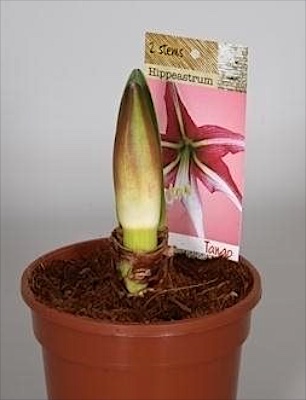
If your head is spinning, you’re not alone. Currently, this site recognizes ‘La Paz’ as the productive brick red and creamy green hybrid, with all examples of ‘Tango’ purchased over time (starting a few years after ‘La Paz’ was first marketed) invariably turning out to be the same apparent clone. Time to take a deep breath me thinks. Since ‘La Paz’ literally references the concept of Peace (albeit by way of the eponymous Bolivian city), maybe we should all seriously consider the brilliant and simple resolution offered by one Hans-Werner of Germany in a post to the popular amaryllis blog on GardenWeb (now Houzz). In the midst of a spirited debate over a yet another example of ‘La Paz’/’Tango’ he sagely suggests a new name for the mysterious flower in question, ‘La Pango.’ Finally, a roadmap to a truce of sorts, and end to the consternation and the teeth gnashing that goes with it. Good thinking, Hans-Werner! And for now, on this subject at least, Peace Out!
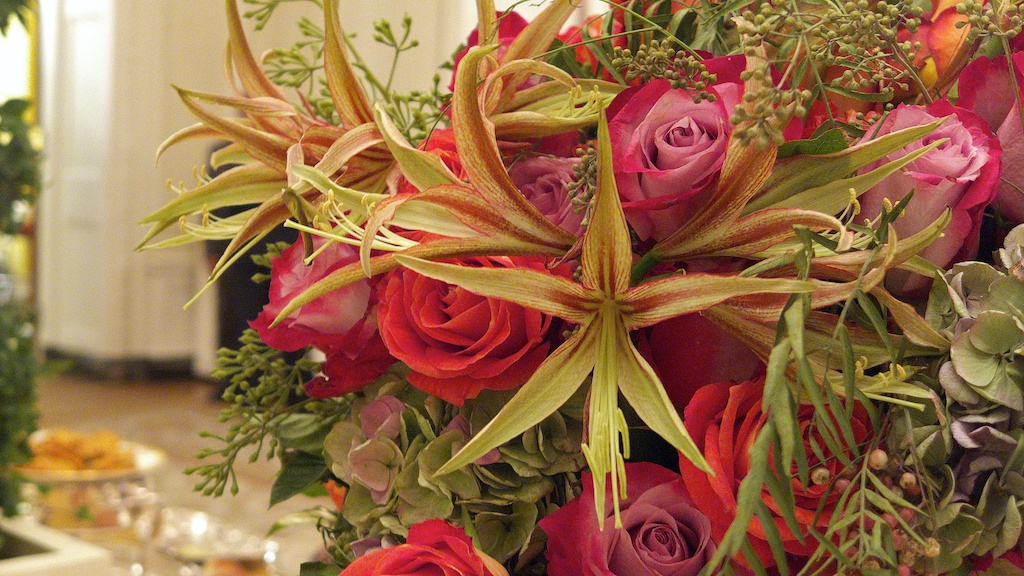


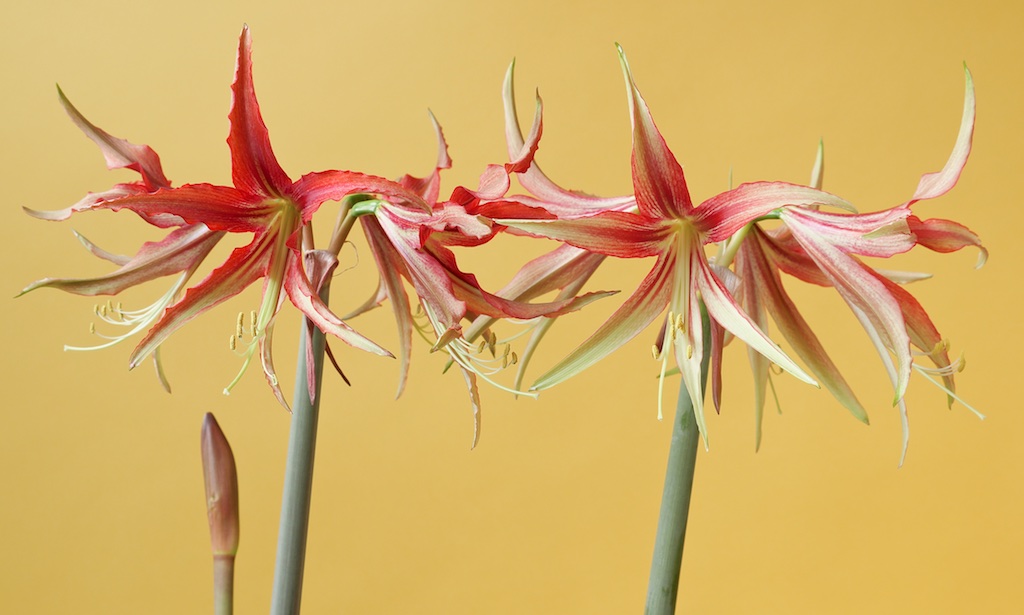

Thank you that was most fascinating. I wrote an article on Fed Meyer for the Melbourne Clivia Group. He was a most remarkable plant breeder.
Thanks for reading! I wish I could have met him for an interview as well. I didn’t know he also bred Clivia, but that should come as no surprise!